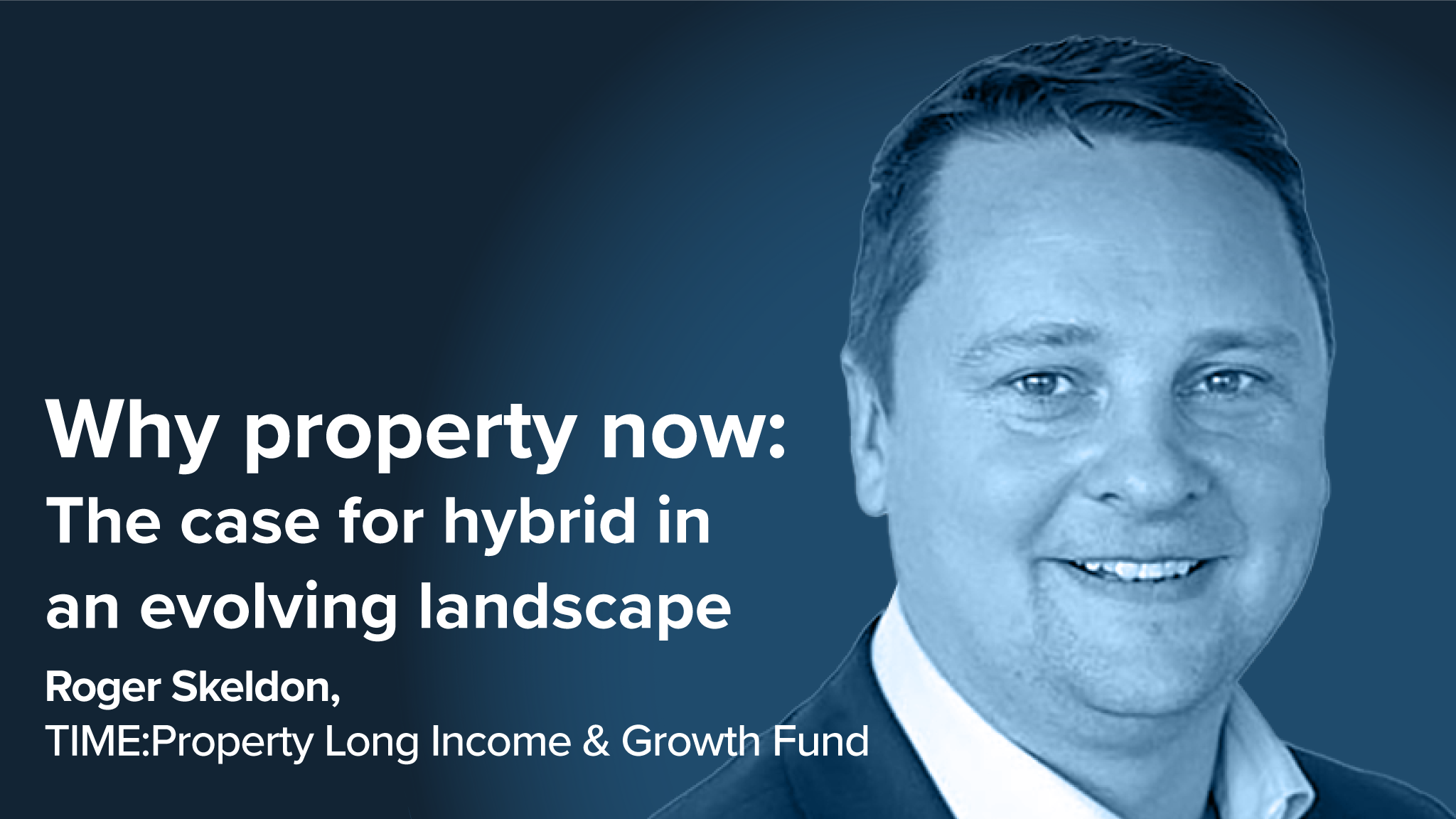Corporate credit will underperform government bonds over the next two years. That’s the signal spreads are sending us.
Last year’s rush into corporate bonds, and into US credit in particular, has hugely compressed spreads. The average corporate credit spread on US investment-grade bonds has only been tighter than today less than 1% of the time since 2006. There is similarly little extra juice in high yield. The obvious question is whether that spread is sufficient to compensate for poorer liquidity and poorer credit quality.
Our historical analysis suggests the answer is a resounding ‘no’: at today’s spreads, an investor has never historically had a better return than owning government bonds over a two-year time horizon, using data going back to the mid-1990s.
Valuations have reached current levels in part because global economic growth has held up better than feared, leading to huge returns in risky assets. But in addition, many people have been drawn in by the appearance of genuinely attractive all-in yields for the first time since the 2008 financial crisis.
Looking at the ‘all-in yield’ is a terrible way to consider corporate bond valuations. Corporate bond yields are higher than they were during the years post-2008 or immediately after Covid, because back then central banks had interest rates at zero, or in some cases below zero. The risk-free rate today is considerably higher.
Investors should be considering whether they’re being paid sufficient extra yield to go down the credit risk spectrum from government bonds and lend to higher-risk borrowers.
That’s not to say there isn’t a case for holding corporate credit, depending on the profile of any given investment or what investors need from it. But if the focus is on value, then the numbers support selling here. Investors want to be overweight a credit asset when they’re paid to own it, and have little or none of it when they’re not.
To read the rest of the column, visit the February edition of Portfolio Adviser Magazine










